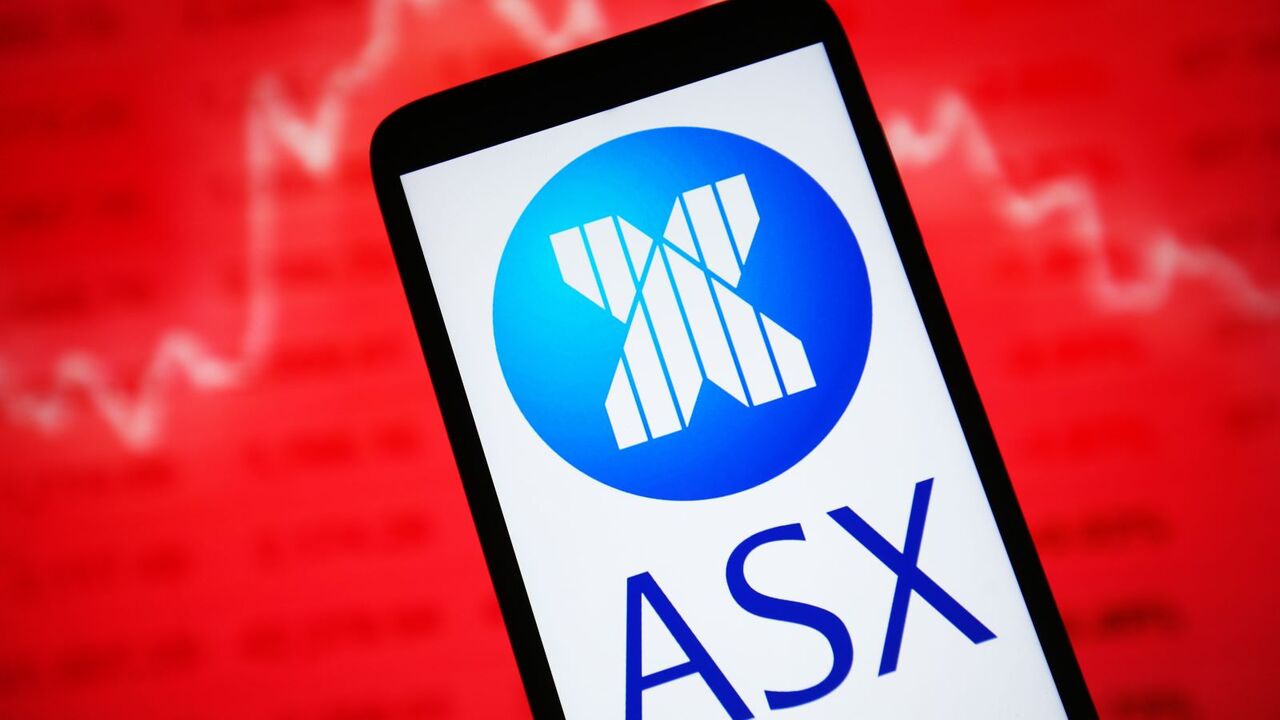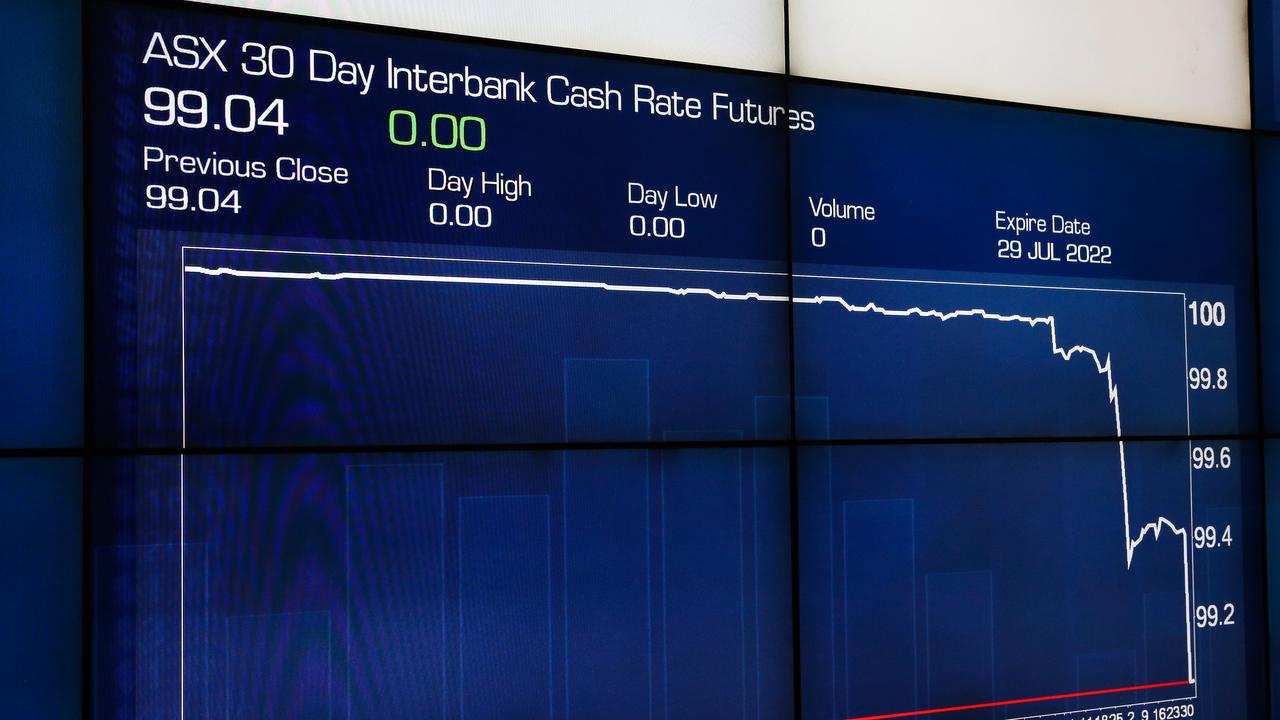$48bn wiped off the ASX as every sector falls on Tuesday
The ASX 200 has its worst trading day in seven weeks with all 11 sectors falling Tuesday. But there were pockets of strength for Aussie investors.

The ASX200 had its worst day since early September on Tuesday, falling almost 150 points during trading.
The benchmark ASX 200 index fell by 138.70 points, or 1.66 per cent, to finish the session at 8,205,70 points.
The broader All Ordinaries fell by 135.10 points, or 1.57 per cent, to close at 8,469 points.
The Australian dollar rose by 0.42 per cent to 66.84 US cents.
The result came after 10- and 30-year US Treasury yields reached an almost three-month high, due to fears over the US debt rate.
Tuesday’s broad based sell-off follows Wall Streets slump with the Dow Jones, and the S&P500 slipped overnight both falling from recent record highs.
The Dow Jones Industrial Average fell 344.31 points, or 0.8 per cent, to end at 42,931.60, while the S&P 500 shed 10.69 points, or 0.2 per cent, to finish at 5,853.98.
IG’s market analyst Tony Sycamore said the weakness in the US market follows investors sidelining cash ahead of US earnings reports and fears the US Federal Reserve won’t cut rates.

“Higher yields are likely the result of the market moving to factor in an increased chance of a Trump election victory and the higher inflation and fiscal spending it would bring,” Mr Sycamore said.
All 11 sectors on the ASX200 fell during Tuesday’s share market sell-off, with 160 of the 200 businesses that make up the index closing in the red.
But Moomoo’s market analyst Jessica Amir said there were pockets of strength on Tuesday’s market, especially in the materials sector.
“It’s not all doom and gloom on the markets. A lot of the stocks that rose today were gold and coal stocks,” Ms Amir said.
“Coal companies are doing really well because China is stimulating its economy at a record pace and they are buying a record amount of Australian coal.”
Yancoal Australia rallied 3 per cent to $6.46 during Tuesday’s trading while Stanmore Resources rose 3.44 per cent to $3.01.
The Chinese government recently announced a number of policies to help stimulate the economy, spending $10 trillion yuan (or $A2.09bn) to try and reach its economic growth target of almost 5 per cent a year.
Part of this stimulus package also included rate cuts in China from its central bank.
Ms Amir said the flow on impacts of this stimulus package was also supporting pockets of Australia’s consumer discretionary shares.
“There is another cohort of stocks that are holding up and they are the stocks that are benefiting from the Chinese stimulus, that is supporting travel stocks,” she said.
Ms Amir also said Tuesday’s pullback might seem gloomy as the share market falls to a 7-week low, but big money and large institutions will look to position their portfolio off the back of it.
“Investors can use the pullback for opportunities. It is in pullbacks institutional investors are looking for long-term positions,” Ms Amir said.



